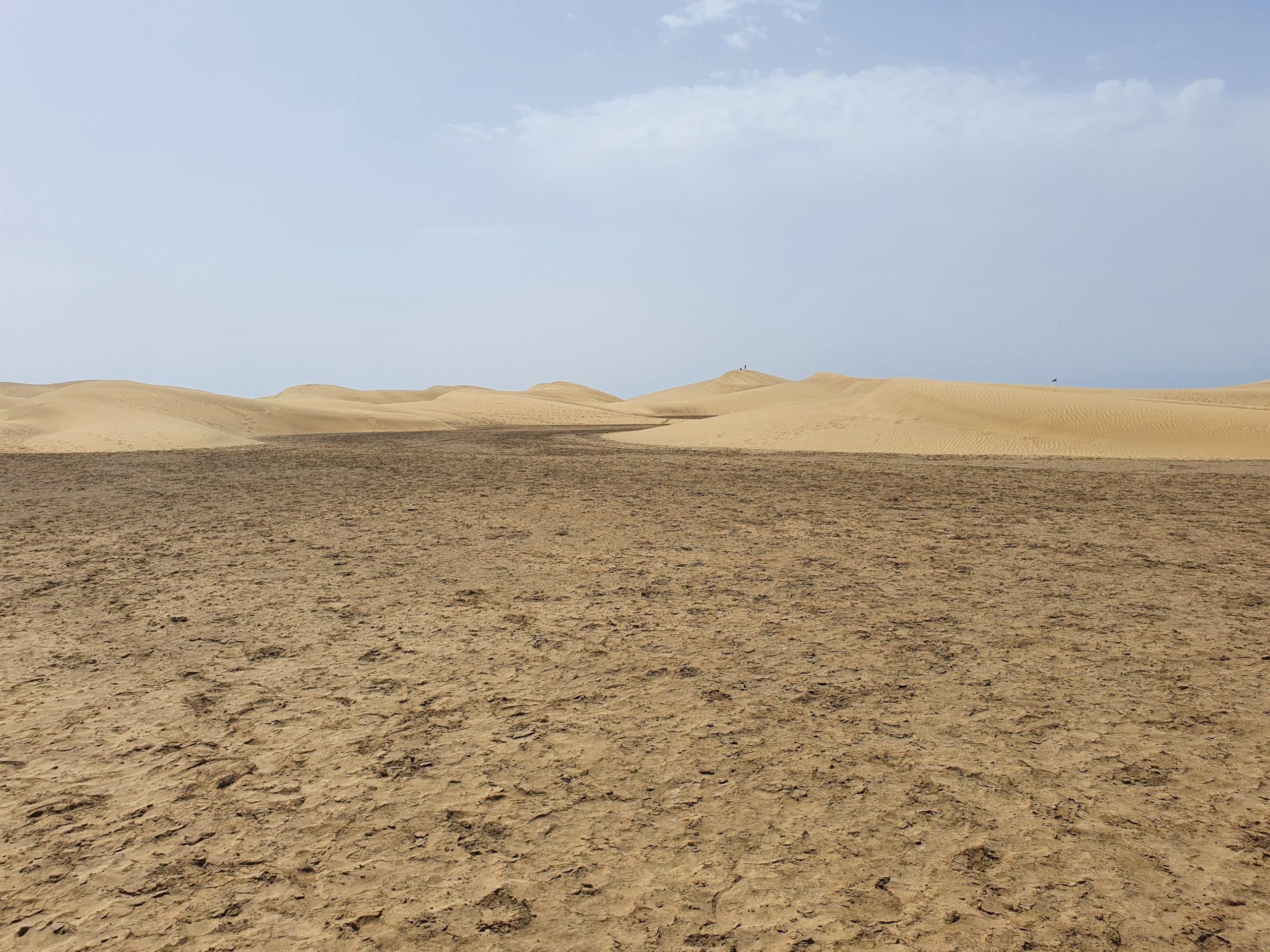
I watch lots of martial arts videos on YouTube – of people trying new martial arts, discussing them, teaching fancy techniques, and so on. I find it endlessly entertaining: as a lifelong martial artist, it’s a topic that I’m already invested in, and as someone who really enjoys learning, I feel like I’m developing relevant knowledge and skills. It’s easy entertainment that is also educational rather than empty – the perfect leisure activity, right?
Well, often the things in life that seem to be all positives can be the most dangerous, precisely because they seem so innocent. Imagine the following scenario: you are a novice treasure hunter, out to seek your fortune. you have been exploring for months until — AHA — your first treasure map! This could really change your fortunes. It could make you rich.
But as you imagine your new life of luxury, you start to think that it would be even better with two, three or even five chests of priceless gems. So you stash your treasure map away, and start looking for map number two. Over the years, you build up a collection of thousands of maps pointing to vast treasures buried all over the globe. But, having been so focused on all the treasure that is now theoretically yours (just as soon as you go and claim it), in reality you’re still penniless.
Hopefully, this sounds far fetched. Clearly, the treasure is what’s valuable in the story, not the maps, so of course you wouldn’t just keep hoarding them like that! But this is exactly what I am doing watching my martial arts videos. I’m primarily getting light entertainment, combined with some interesting new ideas that make me feel like I’m learning and developing a skill, without the hard work of actually practising it. I feel like I’m learning, but that’s not really how learning works.
Learning a skill isn’t a binary activity (can-do or can’t-do). It’s really more of a slope of development, with a semi-arbitrary cutoff point when you can do it ‘well enough’.
You could picture it as something like this, with the analogy of learning how to swim the front crawl:
- Set a goal. This goal dictates what it means to have successfully ‘learned’ the skill. For the front crawl, you may want to manage 3 laps, reach a certain top speed, or just feel comfortable going through the motions.
- Learn the pattern of what to do. This is necessary as you can’t try something without first having some goal and some idea of how to reach it.1 For example, learn that front crawl involves kicking your legs and scooping your arms into the water.
- Try to replicate the model you have in your head. Your first attempt is likely to be bad, because you don’t yet have the awareness to know what you don’t know and likely lack the required strength/flexibility/coordination. For the front crawl, this looks like going to to the pool and trying to swim a length.
- Get feedback on your attempt in (3). This could be direct feedback from activity, e.g. struggling to time your breathing to the rest of your movement, or indirect, e.g. instructor explaining where your form needs improvement.
- Repeat (3)-(4) iteratively until you meet your goal from (1). It’s important to practice in different ways, getting different types of feedback, which will facilitate learning all of the subskills necessary to perform the whole skill well. Swim timed laps, or focus on different areas such as your hands, legs, the amount of splash, body rotation etc.
Watching a YouTube video about a skill only takes you up to step (2) in this process. You’ve seen the skill performed properly, but you probably don’t understand the nuance in technique, or how it feels to do what the person on the screen is doing for yourself. Just like how the treasure hunter of our story collected maps, I am collecting shallow information that has little value beyond its potential to aid later progression in a skill.
This leads to the hidden problem with watching lots of these videos, which would otherwise be harmless. If you care, as I do, about living a life that is crafted intentionally rather than stumbled into haphazardly, then you need to direct your [limited resources]() towards the most fulfilling activities you can. I know that my enjoyment of both martial arts and learning is met at a deeper level by actually practicing these techniques and ideas myself.
Therefore, I should practice more, and watch less.
Am I saying that it’s not okay to just relax and enjoy something low-effort? Not at all, and I will definitely keep watching some martial arts YouTube videos. However, life is about balance, and spending too much time on shallow consumption can quickly tip life from dynamic and inspiring to bleak and bland.
Making a change in behaviour isn’t easy, as the more fulfilling activity usually takes more effort. This is why we fell into the less difficult behaviour to begin with. However, it is easier to change your behaviour if you know why that change is important.
Do you see areas in your own life where you fall into this trap and treat your treasure maps like the treasure itself? Areas where you are taking the easier but worse road rather than the harder but better one? Are there habits you could change in this area to fulfill your needs better?
- Technically, this step isn’t even necessary, but in the abscence of a model to imitate, you have to guess at what might work from a very large number of options, which makes learning much slower. ↩︎